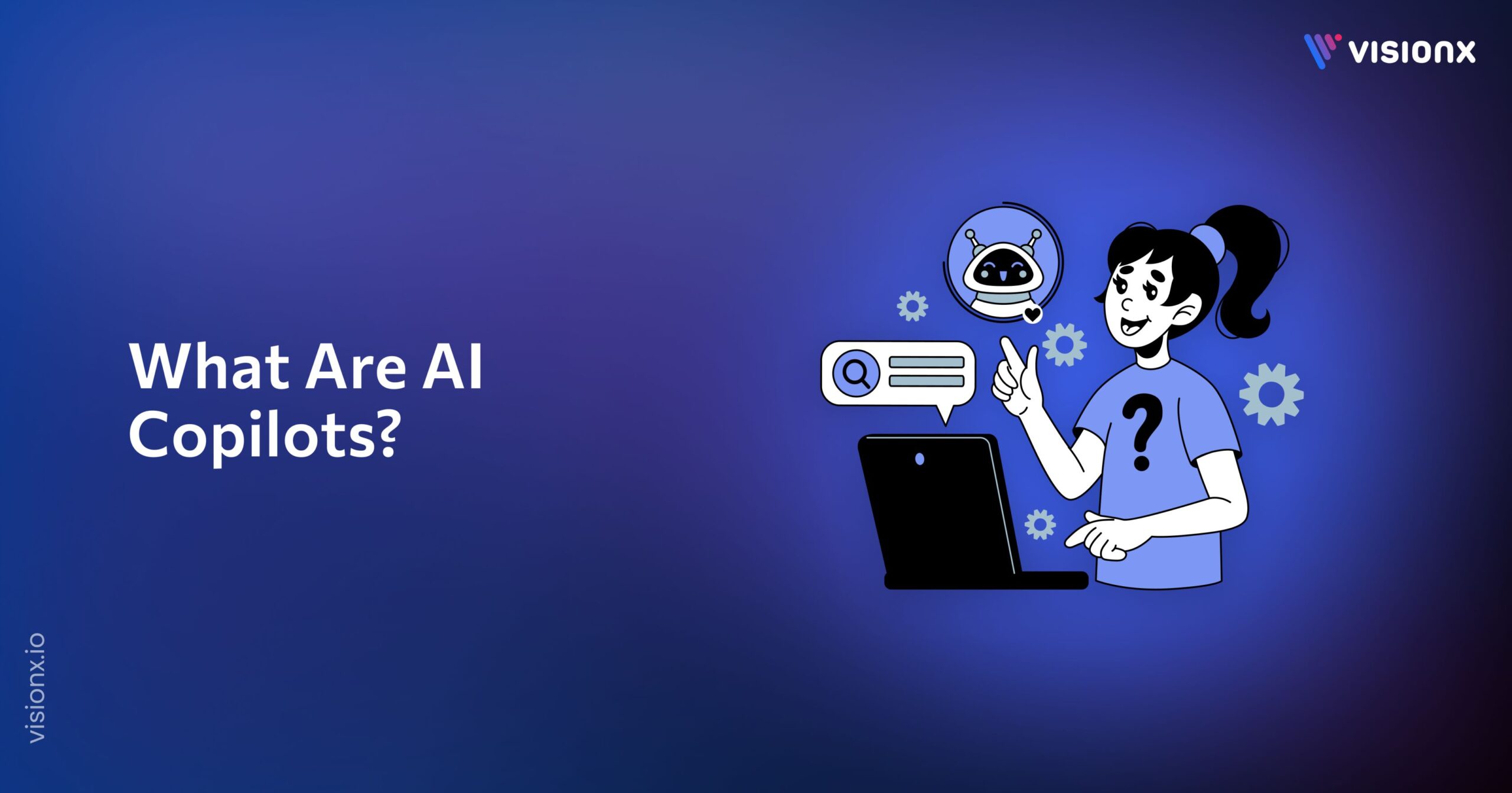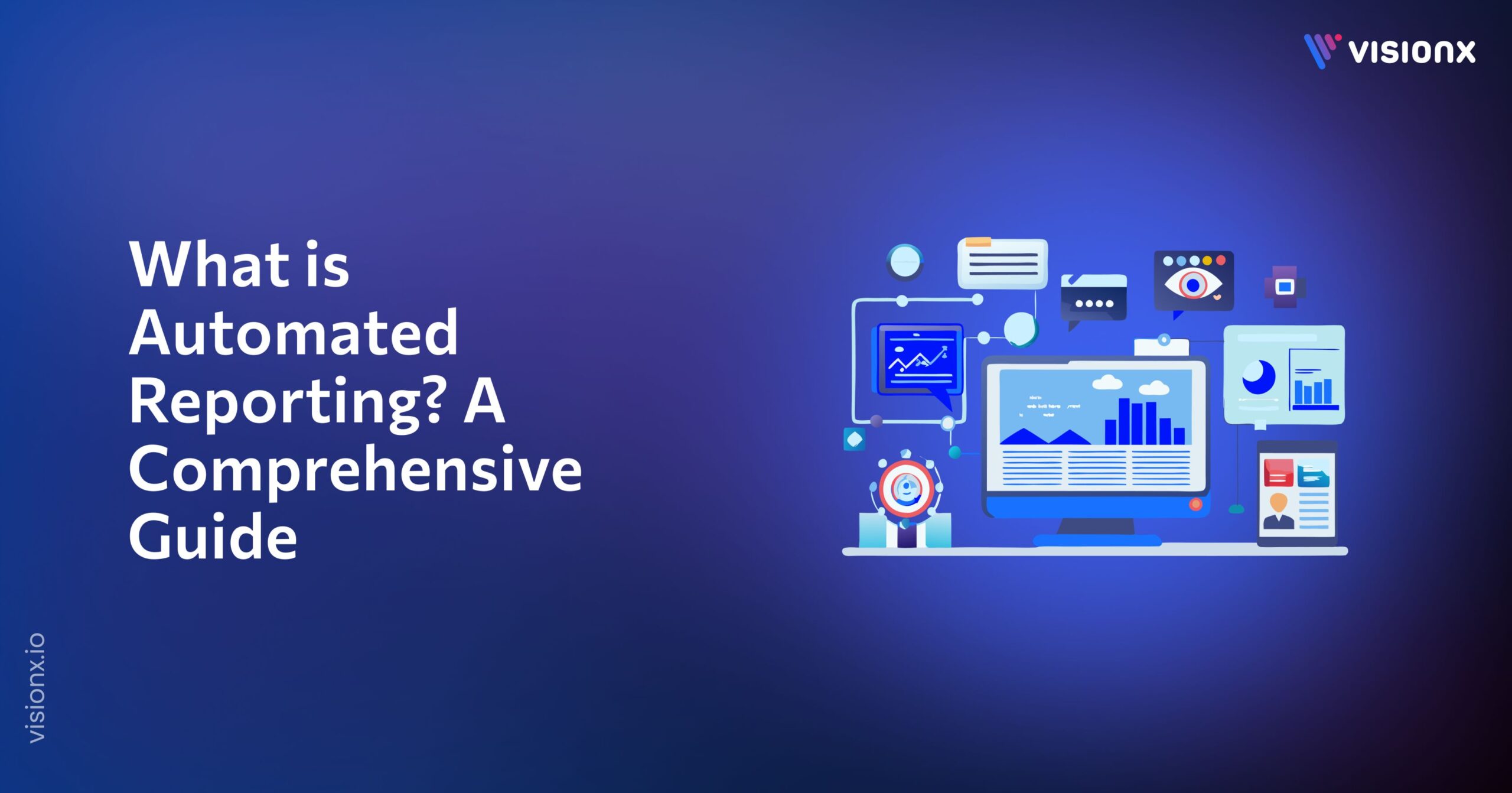Traditionally, native apps, designed for particular platforms like iOS and Android, have dominated the mobile app market. But the rise of Progressive Web Apps (PWAs) has made a strong substitute possible by blurring the distinction between websites and app-like experiences. This change has triggered important discussions concerning PWA vs. Native app functionality, performance, and user experience in mobile devices.
The foundation for Progressive Web Apps (PWAs) was laid during the early 2010s when responsive web design and Service Workers emerged as technologies, enabling offline capabilities and push notifications.
Google played an important role in boosting the PWA movement in 2015 by introducing the “Add to Home Screen” functionality. This feature empowered users to pin PWAs to their device home screens, offering an almost-native app experience. Over time, PWAs have garnered substantial attention and adoption, with prominent companies such as Twitter, Pinterest, and Forbes embracing them due to their distinct benefits.
What is a Native App?
A native app is a smartphone application that is developed specifically for a given mobile platform using its software development kits (SDKs) and languages. For example, native iOS apps are written using Swift or Objective-C, and native Android apps are built using Java or Kotlin. These apps are designed to leverage the full suite of device capabilities and have the app code translated to machine code that a smartphone’s processor can execute directly.
The key benefit of native apps is that they can tap into platform-specialized APIs to deeply integrate the app with the mobile operating system and hardware. This allows for better performance, tighter security, and the ability to access capabilities like the camera, GPS, AR, and more.
Additionally, native apps can be distributed through centralized app stores, allowing users to easily find, download, and install apps on their devices. The major app stores also manage native app updates and provide reviewers to vet apps. However, building native apps requires expertise with multiple languages and SDKs as well as complex build processes for each target platform.
What is Progressive Web App?
A progressive web app (PWA) is a type of mobile app delivered through the web, allowing users to access them directly from a mobile browser. PWAs utilize modern web capabilities like service workers, manifest files, and push notifications to create app-like experiences. Unlike native apps, PWAs are built using standard web development languages like HTML, CSS, and JavaScript so no platform-specific SDK is required. PWAs also rely on caching and service workers to enable functionality even without an internet connection, much like native apps.
Key advantages of PWAs include easier cross-platform development, the ability to instantly update the app by updating website files, and simplified distribution by providing a website link.
However, compared to native apps, PWAs have limited access to native hardware and OS integration. Still, for apps focused on content delivery, PWAs provide quicker iteration speeds and reduced costs by avoiding app store submission processes. The line between PWAs and native apps continues to blur as web capabilities evolve, providing developers with more choices in mobile app development.
PWA Vs. Native Apps: Features & Performance
Performance and Speed
Native Apps shine in performance due to their direct interaction with device hardware. They typically offer faster loading times and smoother animations, providing a seamless user experience. The enhanced responsiveness is particularly evident in graphics-intensive applications like games or AR-based services.
PWAs, on the other hand, have made significant strides. Modern web technologies like service workers and advanced caching have closed the gap in speed. While they may not match the raw performance of Native Apps, PWAs now offer a sufficiently brisk and responsive experience for most users, especially for less resource-intensive tasks
Offline Functionality
The ability to function offline is a crucial aspect of modern apps. Native Apps excel here, offering robust offline capabilities by storing data directly on the device. This allows users to access key features even without an internet connection.
PWAs have made considerable progress in this area. With the advent of HTML5 and service workers, PWAs can now cache content and even some functionality, allowing for a degree of offline usage that was previously impossible for web-based applications.
Device Features and Hardware Access
Access to a device’s hardware features like cameras, microphones, and sensors is another battleground. Native Apps have unrestricted access to these features, enabling them to leverage the full potential of a device’s capabilities, from augmented reality to health tracking.
PWAs have historically been limited in this regard, but the gap is narrowing. Recent updates to web standards and browser capabilities have granted PWAs more access to device hardware, though they still lag behind their native counterparts in terms of depth and breadth of functionality.
Discoverability and Distribution
Native apps are distributed through app stores, which can be beneficial and detrimental at the same time. App stores offer consumers a centralized, reliable platform to find apps, but there is a lot of competition, so making an impression can be difficult.
PWAs, being web-based, have an edge in discoverability. They benefit from being indexed by search engines, potentially reaching a wider audience. The ease of sharing a link to a PWA can also drive organic growth and reach.
User Experience and Engagement
Native apps often lead in terms of user experience. They provide a more refined and cohesive experience, with advanced features like push notifications enhancing user engagement.
PWAs have greatly facilitated the development of captivating user interfaces. Nowadays, PWAs come with full-screen, app-like interfaces and the ability to send push notifications. Although they may not yet be as advanced as Native Apps in every way, the difference is becoming increasingly less.
PWA Vs. Native Apps: Cost & Development
Choosing between Progressive Web Apps (PWAs) and Native Apps is not just about technical capabilities but also financial and strategic decisions.
Development Cost and Time
Developing a Native App requires several resources. Native development requires different codebases for different platforms (iOS, Android), which means hiring specialized developers for each. This can lead to higher costs and longer development times. However, the investment often pays off in terms of performance and user experience.
PWAs, in contrast, are typically more cost-effective and quicker to develop. The same codebase can work across multiple platforms since they are built using standard web technologies (HTML, CSS, JavaScript). This reduces the need for specialized skills and cuts down on development time and costs. However, this efficiency can come at the expense of advanced features and deep integration with device capabilities.
Maintenance and Updates
Maintenance and updates are simpler and more streamlined for PWAs. Being web-based, a single update to the PWA is instantly available to all users, regardless of device or platform. This eliminates the need for users to download updates and reduces the maintenance workload.
For Native Apps, updates are more complex. They require separate updates for each platform and need to go through the app store approval process, which can be time-consuming. Additionally, users have to manually update the app on their devices, which can lead to fragmentation if users do not promptly update.
Scalability and Future-proofing
When it comes to scalability and adapting to future technologies, Native Apps have an edge. They are often better positioned to take advantage of new device features and operating system updates. This allows them to scale and evolve as technology advances, at a potentially higher cost and effort.
PWAs are slightly behind in terms of utilizing cutting-edge technology, but because they are web-based, they provide a significant level of future-proofing. Their ability to promptly adjust to unique web standards and technologies guarantees their durability and significance. Their reliance on browser features, though, may make it more difficult for them to quickly incorporate new device-specific features.
Progressive Web Apps Vs. Native App: Which One to Choose?
Choosing between a Progressive Web Apps vs. Native App depends on various factors, including your project’s goals, budget, target audience, and technical requirements. Here are some guidelines to help you decide when to go for a PWA or a Native App:
Choose a PWA When:
- Budget Constraints: PWAs are typically more cost-effective to develop because they use web technologies, and a single codebase can run on multiple platforms (cross-platform compatibility). If you have a limited budget, a PWA may be the better choice.
- Faster Development: PWAs have shorter development timelines because they don’t require separate codebases for different platforms. If you need to launch your app quickly, a PWA can be a faster option.
- Broader Audience Reach: PWAs are accessible via web browsers, making them platform-agnostic. If your goal is to reach a wide and diverse audience, including users on various devices and operating systems, a PWA is a good choice.
- SEO and Discoverability: PWAs can be indexed by search engines, increasing their discoverability through organic search. If you rely on search engine traffic and want to improve your app’s visibility, a PWA is advantageous.
- Simple Content Delivery: If your app primarily delivers content and doesn’t require complex native functionalities or hardware access, a PWA can provide a seamless user experience.
Choose a Native App When:
- Performance and User Experience: If your app demands high performance, rich user interactions, and native-level responsiveness, a Native App is the way to go. Native apps have direct access to device resources, resulting in superior performance.
- Advanced Features: If your app relies heavily on device-specific features such as the camera, GPS, sensors, or augmented reality, Native Apps offer more robust integration with these features.
- Offline Functionality: If your app needs to work seamlessly offline and store data locally on the device, Native Apps are better equipped for offline functionality.
- Monetization and App Stores: If you plan to monetize your app through app stores (e.g., Apple App Store, Google Play Store) or require in-app purchases, a Native App is necessary, as it integrates with app store payment systems.
- Brand Loyalty and User Engagement: If building a loyal user base and enhancing user engagement through features like push notifications is crucial, Native Apps offer more sophisticated options.
- Scalability and Future-proofing: If your app needs to adapt to changing technologies and leverage new device features quickly, Native Apps have an advantage in terms of scalability and future-proofing.
In many cases, a hybrid approach may also be considered, where you start with a PWA and then develop Native Apps for specific platforms as your project grows or your budget allows.
Conclusion
Progressive web apps and native apps both bring unique strengths to mobile app development. PWAs provide easier cross-platform development, quick iteration, and reduced costs while native apps enable tighter integration with device hardware and arguably more refined user experiences.
Ultimately there is no unambiguous winner between these two mobile app approaches. The decision depends largely on the specific goals and constraints of a project. For apps focused on broadly delivering content across platforms, PWAs offer a compelling path to quick launch and iteration. However, native development is better suited for performance-intensive apps requiring full access to mobile device capabilities.
As web standards and browser technology progress, the line between PWAs and native apps grows increasingly faint. Capabilities that historically required native development, like offline functionality and push notifications, are now possible on the web too. This convergence empowers developers with greater choice in how to most efficiently build for mobile.
Rather than a binary decision, development teams can take a hybrid approach as well. Starting with a PWA allows validating ideas at lower costs, then complementing with native apps on specific platforms provides more customization where beneficial. As with all technical decisions, focus on users and their needs rather than an ideological commitment to any singular approach. Evaluate each option objectively against core goals to craft optimal mobile experiences.


